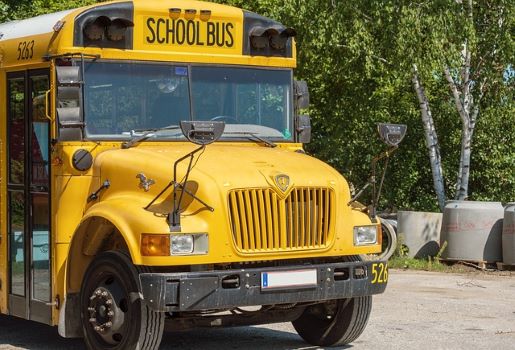Help for the Biggest School Bus Transportation Woes
published on April 23, 2024 by Sonia Mastros
Transportation Management Software, School Buses,, student transportation software, school bus transportation, School bus industry
Managing a school district’s transportation system has never been easy, and it seems to be getting harder. While the industry has largely recovered from COVID disruptions, there are still numerous pressing issues facing district transportation managers across the country.
BusBoss specializes in providing proven technological solutions to schools facing transportation challenges. These are the issues that seem most pressing in 2024:
The Biggest Woes Facing School Transportation Directors
1. Driver shortage
Probably no problem looms larger over school transportation systems than the ongoing driver shortage. Studies have shown that the number of bus drivers has continually declined for years, with no signs of reversal. Nor is this surprising: Bus driving is difficult and stressful. It also demands unusual working hours that make it difficult for underpaid drivers to work other jobs.
For many districts, the best option at this point is to look at third-party providers for drivers or vehicles. They have more resources for finding drivers than a district could ever muster alone. Other districts are supplementing their bus fleet with civilian drivers in cars or small vans that don’t require commercial driver licenses to operate.
2. Aging buses
Many districts have gone years without purchasing new buses, and that is leading to increasing maintenance and reliability issues. In addition, there is increasing pressure to move toward “green” bus technology, like electric buses, but e-vehicles are even more expensive than traditional diesel models.
Fortunately, there may be a light at the end of the tunnel. President Biden and the EPA have announced $1 billion in funding specifically to help districts pay for newer, greener school buses. Savvy districts should start looking into this and other government initiatives to provide funding for bus upgrades.
3. Internal coordination, communication
If your district found itself suddenly lacking one or more bus drivers due to illness, would you be able to respond quickly enough to establish new ad-hoc routes? Many districts would struggle in this situation. So many people need to be kept in the loop – teachers, drivers, students, parents, etc. – that communication barriers become significant.
Schools invested in centralized cloud-based services, such as SaaS bus routing software, centralized data systems, and parental notification apps have improved agility. These tools allow for rapid group coordination much faster than other communication methods.
4. Illegal bus passing
Drivers on the road ignoring extended-arm stopped buses has been a growing problem for years, to the point that even the Federal government is trying to address the issue. However, legislation is slow, and the problem is pressing.
Many solutions have been proposed, such as stop-arm cameras resulting in automatic traffic tickets, but the actual real-world efficacy is questionable. Fortunately, one of the most promising solutions is also one of the cheapest: simply adding more and brighter warning lights to the bus. The theory is that stop-arm violations are mostly due to driver inattention, and districts adding lights have seen very promising results.
What are the biggest challenges to your transportation system? How are you tackling them? Please share your experiences in the comments.






